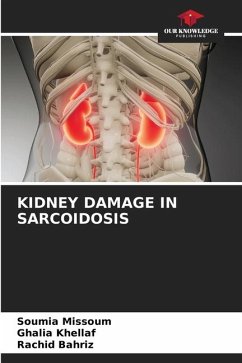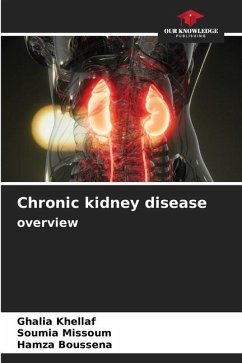
Cardiac and renal damage in Fabry disease
Versandkostenfrei!
Versandfertig in 6-10 Tagen
40,99 €
inkl. MwSt.

PAYBACK Punkte
20 °P sammeln!
Fabry disease is a rare X-linked lysosomal overload disorder of young adults, caused by mutations in the gene encoding -galactosidase A. Complete or partial deficiency of this enzyme leads to intracellular accumulation of triacylceramide (Gb3) and related glycosphingolipids in many cell types of the body, including the heart and kidneys. The cardiac manifestations of Fabry disease are a source of high morbidity and mortality. More than half of all patients develop cardiac complications. They may receive conventional treatments for hypertension, heart failure, coronary artery disease, cardiac r...
Fabry disease is a rare X-linked lysosomal overload disorder of young adults, caused by mutations in the gene encoding -galactosidase A. Complete or partial deficiency of this enzyme leads to intracellular accumulation of triacylceramide (Gb3) and related glycosphingolipids in many cell types of the body, including the heart and kidneys. The cardiac manifestations of Fabry disease are a source of high morbidity and mortality. More than half of all patients develop cardiac complications. They may receive conventional treatments for hypertension, heart failure, coronary artery disease, cardiac rhythm or conduction disorders, etc. Gb3 progressively accumulates in the podocytes, epithelial cells and tubular cells of the distal renal tubule and loop of Henlé, leading to the renal symptoms of Fabry disease, manifested by proteinuria and reduced filtration rate, resulting in chronic renal failure.














